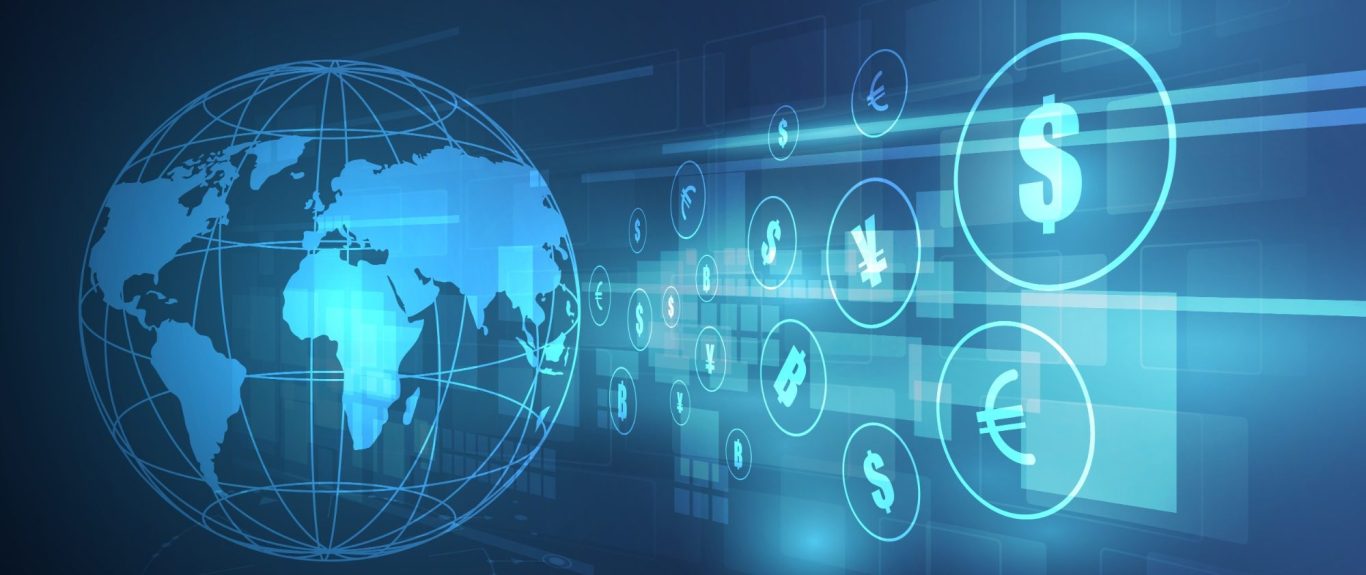Indonesia' Balancing Act: BRICS, U.S. Tarrifs, and the High-Stakes Global Economy
The global economic order is once again shifting, and at the center of this storm stands Donald Trump. With tariffs reimposed and international alliances questioned, the world watches as the United States, China, and emerging economic powers recalibrate their strategies. Indonesia finds itself walking a tightrope between power blocs, trying to secure its own economic future without becoming collateral damage.
Trump’s latest tariff policies have sent shockwaves across global markets. His administration has reinstated a 25% tariff on imports from Canada and Mexico, only to pause it for 30 days as both nations scramble to make security concessions. Meanwhile, China is left with no reprieve, facing a fresh 10% tariff on its exports to the U.S. The justification behind these selective trade penalties lies in a combination of economic leverage, political manoeuvring, and Trump’s broader vision of restructuring America’s role in global trade. China, long accused by Washington of unfair trade practices, is once again the primary target. Yet, unlike in 2018, China today is no longer just America’s trade partner, it is an economic force with alternative alliances, one of which includes Indonesia.[1]
Indonesia, fresh off its official entry into BRICS, finds itself at an economic crossroads. The nation has long maintained a balanced foreign policy, but the global landscape is shifting. By stepping into the BRICS bloc, a group that has been vocal about challenging the dominance of Western economic institutions, Indonesia is making a statement. But aligning too closely with BRICS could come at a cost, especially as Trump has made no secret of his disdain for the alliance, portraying it as an adversarial force to U.S. economic supremacy. With Indonesia now a full-fledged member, this alignment risks placing it in Washington’s crosshairs.[2]
China’s response to U.S. tariffs has been swift and calculated. New retaliatory duties of 10% to 15% on U.S. imports, alongside export controls on critical minerals, signal Beijing’s willingness to push back. But China’s real countermeasure may not lie in tariffs alone. Instead, it is strengthening its regional partnerships, including with Indonesia. With Trump’s policies making Chinese exports to the U.S. more expensive, could Indonesia stand to benefit? The answer is complicated. On one hand, Indonesia may see increased Chinese investment as companies seek alternative markets. On the other, aligning too closely with China could risk political friction with Washington, particularly given Trump’s history of unpredictability.[3]
Meanwhile, Trump’s foreign policy moves extend beyond trade. His decision to withdraw from the Paris Agreement signals a broader shift towards economic nationalism, one that disregards global cooperation in favor of unilateral action. For Indonesia, a country vulnerable to climate change, this raises concerns about long-term sustainability and its standing on the international stage. Engaging deeper with a U.S. administration that actively disengages from global responsibilities could be a risk, while BRICS presents an alternative to Western dominance.[4]
The stakes are high, and the answers are anything but simple. Indonesia has long prided itself on a foreign policy of non-alignment, but the current geopolitical climate may test that principle like never before. In a world where economic alliances are becoming battle lines, neutrality is becoming a luxury that few nations can afford. As Trump tightens his grip on global trade, and as China fortifies its position, Indonesia must tread carefully. Whether it emerges as a key economic player that balances both worlds or is inevitably pulled into the orbit of one of these giants will be determined in the coming months. The nation’s strategic maneuvering will be critical in safeguarding its interests in an increasingly polarized global economy.[5]
Sources:
[1] Nesi, C., & King, R. (2025, February 02). New York Post: Politics. Retrieved from nypost.com: https://nypost.com/2025/02/02/us-news/why-trump-is-digging-in-his-heels-on-huge-tariffs-on-canada-mexico-and-china
[2] Mai, L. (2025, January 16). CSIS. Retrieved from csis.org: https://www.csis.org/blogs/latest-southeast-asia/latest-southeast-asia-indonesia-joins-brics
[3] Race, M. (2025, February 05). BBC: News. Retrieved from bbc.com: https://www.bbc.com/news/articles/czj31l4p7vzo
[4] The White House. (2025, February 01). White House: Fact Sheets. Retrieved from whitehouse.gov: https://www.whitehouse.gov/fact-sheets/2025/02/fact-sheet-president-donald-j-trump-imposes-tariffs-on-imports-from-canada-mexico-and-china/
[5] Llewellyn, A. (2024, October 11). Aljazeera: Economic | International Trade. Retrieved from aljazeera.com: https://www.aljazeera.com/economy/2024/10/11/indonesia-eyes-hefty-tariffs-on-china-as-businesses-decry-cheap-imports

ECONOMY
FEBRUARY 05, 2025
We need your consent to load the translations
We use a third-party service to translate the website content that may collect data about your activity. Please review the details in the privacy policy and accept the service to view the translations.

